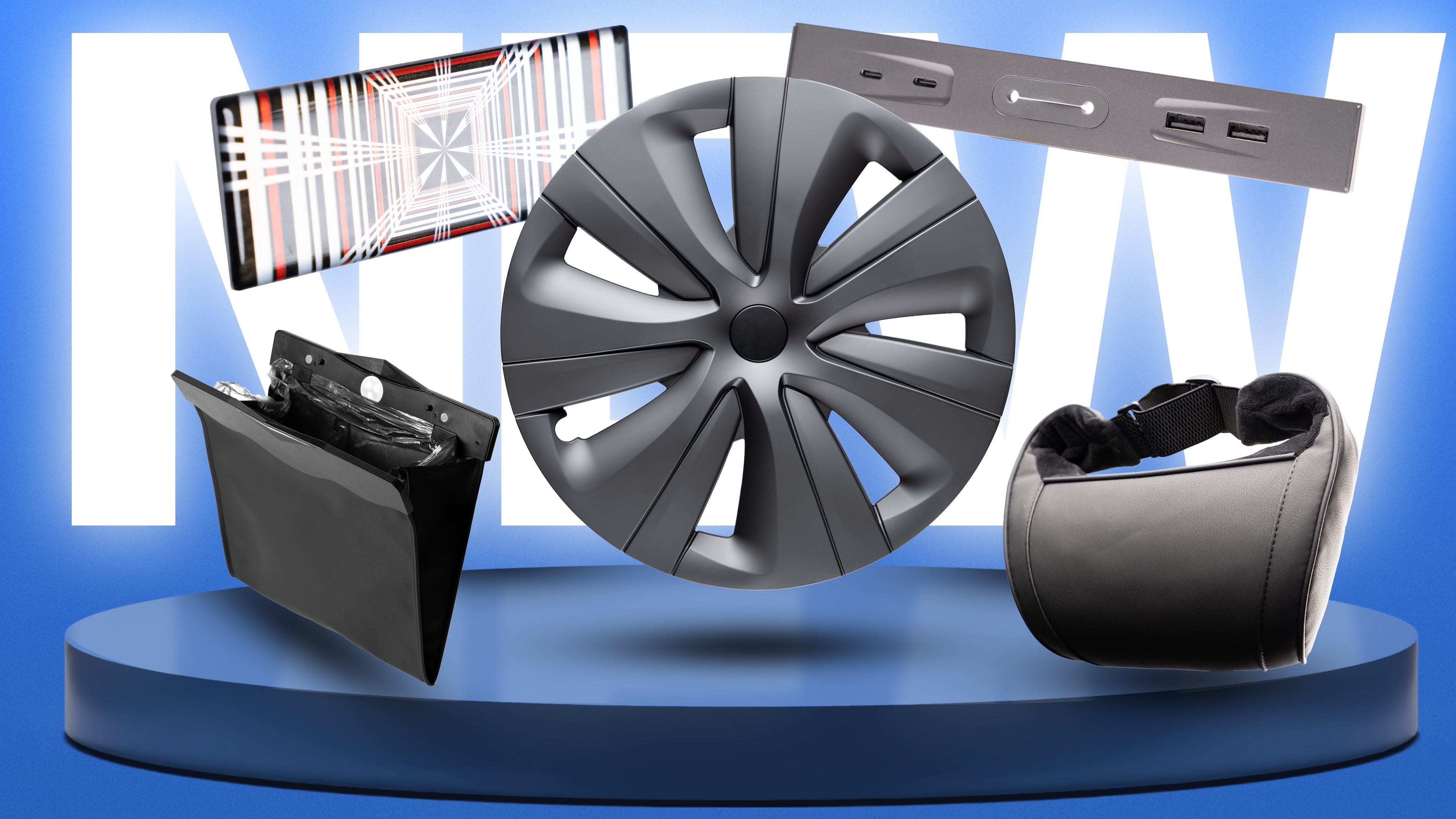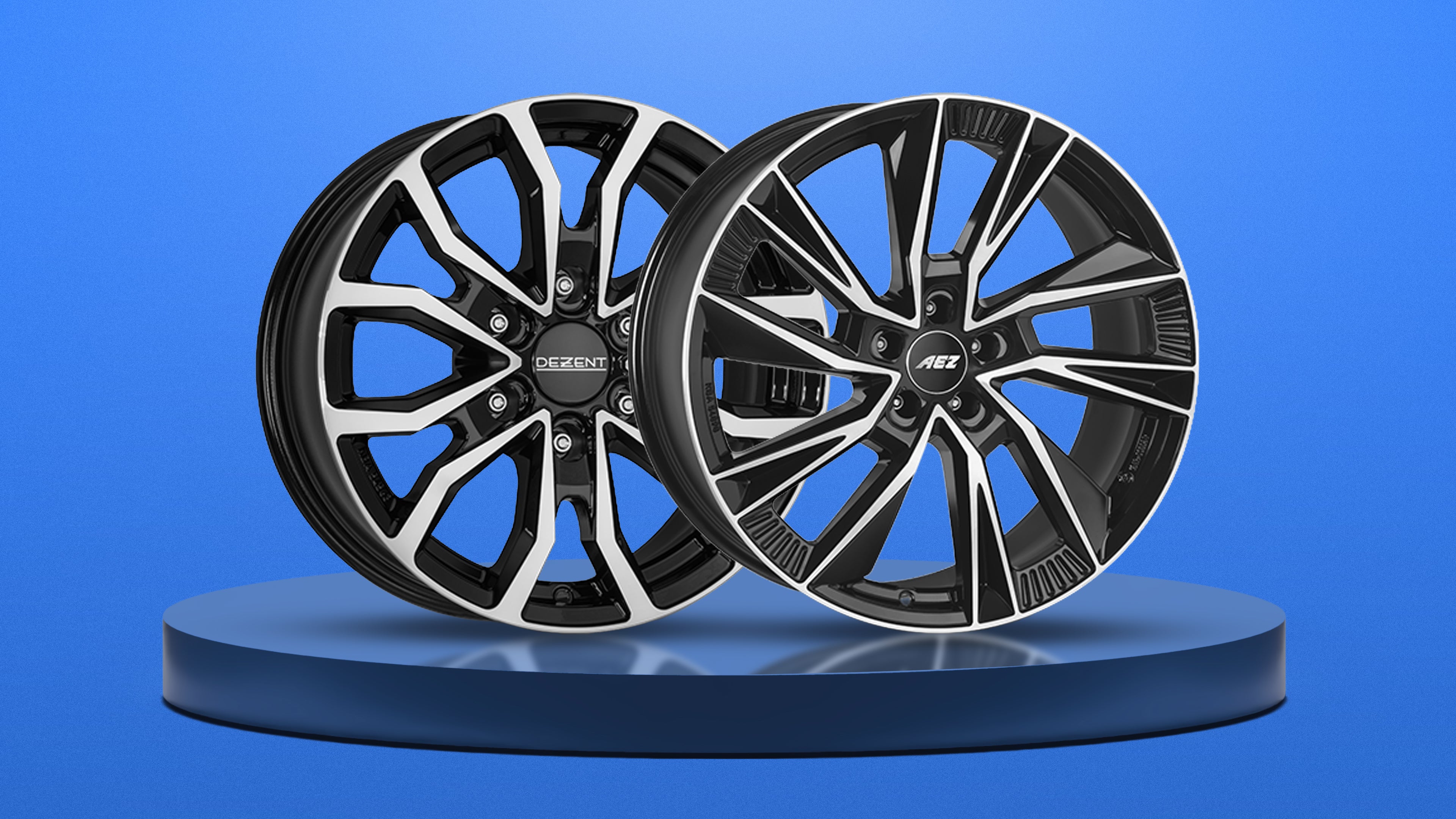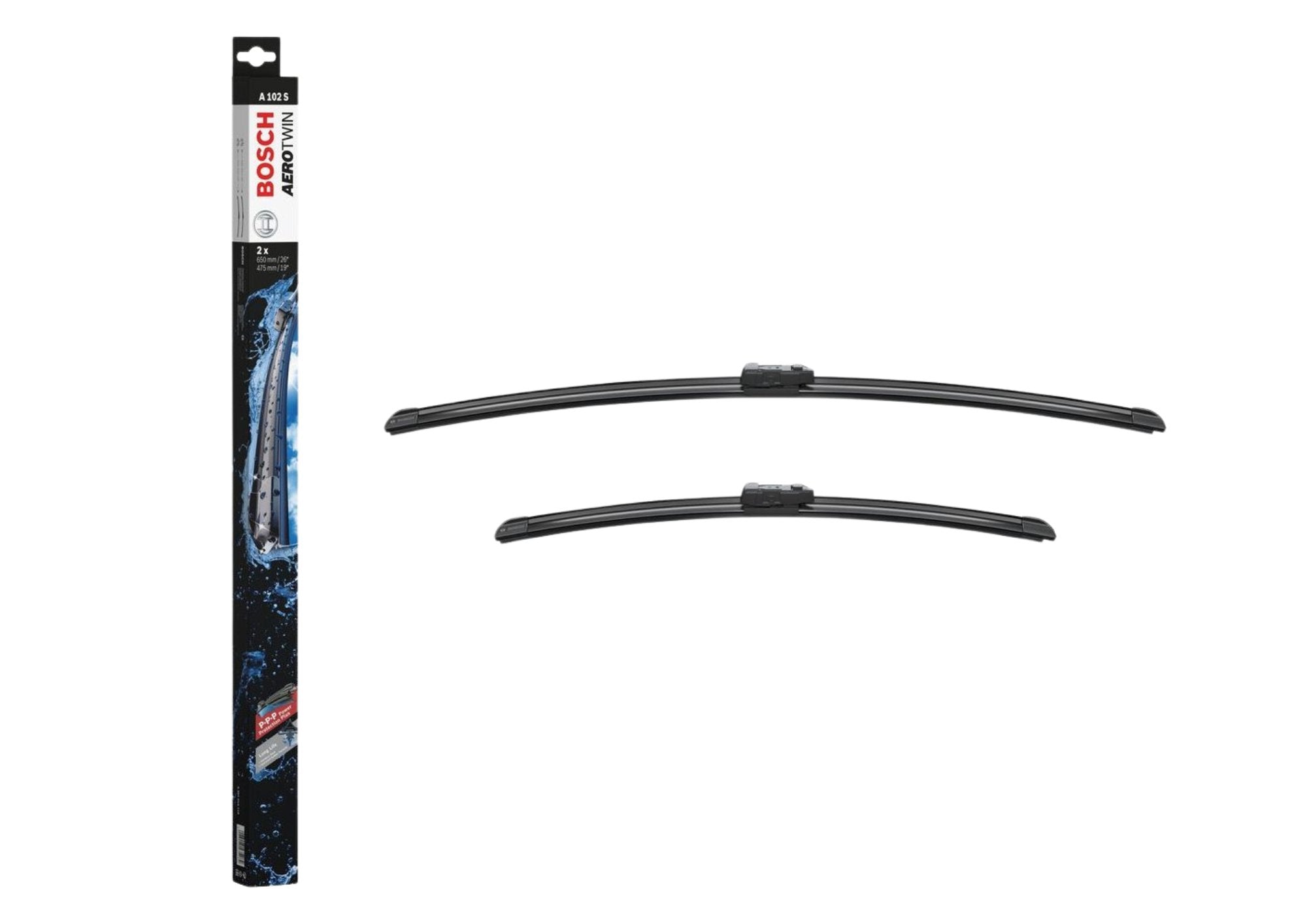Tesla remains a pioneer in the field of electromobility, and the newly revised Model 3, known as "Highland", underlines this position. The ADAC has announced the facelift of the Model 3 and found both positive changes and questionable design decisions. Here are the most important findings.
Design and aerodynamics
The new Tesla Model 3 first impresses with a significantly tighter front end. The front of the car is more tapered and the air intake has been narrowed, which contributes to the improved aerodynamics. At the rear, the changes are more subtle, but the new Tesla-lettering under the overhang is striking. The interior has also Tesla has also lent a hand: Almost all surfaces are now lined with high-quality carpet, and the A and B pillars are upholstered. These improvements give the vehicle a more luxurious feel and are particularly appealing to critics who previously criticized the build quality.
Comfort and handling
The revised chassis provides significantly more ride comfort. Where the old version still hopped emphatically hard over the road, the new Model 3 now absorbs bumps noticeably better. Electronic dampers are still missing, but their absence is no longer so noticeable. The rear-wheel drive with 208 kW (283 hp) delivers impressive acceleration, and the new double glazing significantly reduces interior noise. Especially on winding roads, the Model 3 agile and responsive, which significantly improves the driving experience. The steering is direct and precise, which contributes to a dynamic driving experience.
Performance and range
For just under 10,000 euros more, the "Maximum Range" variant of the Model 3 offers additional power and a range of up to 470 kilometers. The ADAC praises the efficient use of battery capacity and the base model's range of 395 kilometers, which is suitable for everyday use. The charging performance at fast-charging stations is impressive: in just 31 minutes, the Model 3 from 10 to 80 percent. This performance underlines Tesla's leading position in e-mobility.
Innovations and points of criticism
One controversial aspect of the facelift is the elimination of traditional levers behind the steering wheel. The blinker and driving mode are now controlled via the central touchscreen and buttons on the steering wheel. This causes uncertainty for some drivers, especially in hectic situations such as exiting traffic circles or when maneuvering quickly. Operation of the air conditioning, sound system and navigation remains intuitive, but the lack of manual cruise control and the sole reliance on cameras for the assistance systems are met with criticism. The system is particularly weak in the dark and in difficult weather conditions.
Safety and assistance systems
Tesla has gone its own way with the assistance systems and dispenses with the lidar, radar and ultrasound technology that is standard in the industry. Instead, eight cameras monitor the vehicle's surroundings. In the ADAC test, the lane departure warning and blind spot assist systems worked largely reliably. However, the lack of ultrasonic sensors is a disadvantage, particularly in the case of the parking aid, as it cannot provide full assistance in the dark. The cruise control with distance control was also unreliable, which led to irritation among those driving behind.
Conclusion
The facelift of the Tesla Model 3 brings numerous improvements in design, comfort and handling. The tauter front end, the improved interior materials and the revised chassis contribute to an overall higher quality and more comfortable driving experience. The vehicle's performance and range remain at the highest level, and the charging performance at fast-charging stations is impressive.
Nevertheless, some design decisions, such as the absence of traditional levers behind the steering wheel, are causing controversy. The exclusive control via the touchscreen and the buttons on the steering wheel require a certain amount of familiarization time and could lead to uncertainty in stressful traffic situations. The assistance systems also show weaknesses, especially in the dark and in difficult weather conditions.
Overall, the Tesla with the Model 3 a leading player in the e-car market that continues to set standards. If you are prepared to get used to the new operating concepts, you will get a highly modern and powerful electric vehicle. For Tesla-fans, the new features are a step in the right direction, while potential new customers should weigh up the changes carefully. A test drive before buying is highly recommended to find out whether the new operating concept suits personal preferences.
ADAC: Click here for the test





































